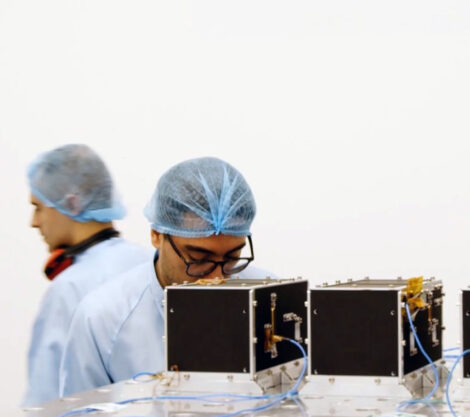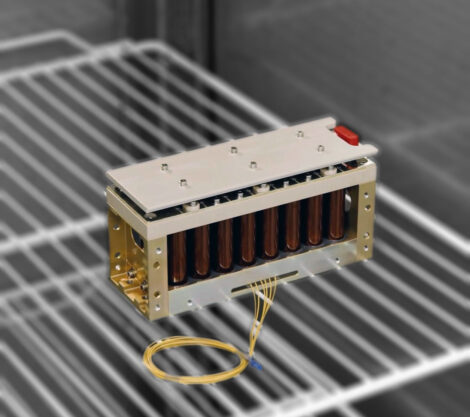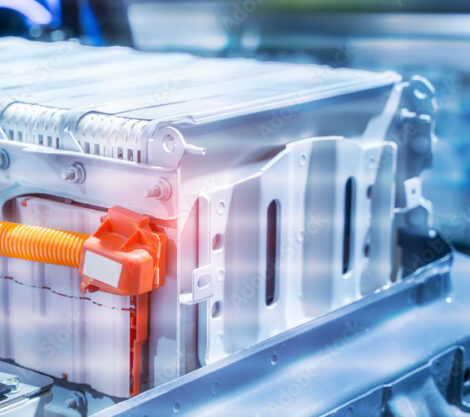SAB Aerospace develops and delivers Li-ion Rechargeable Modular Batteries capable of supplying electrical power to all satellite equipment during ground operations, launch, eclipse periods, peak power demand, and while in safe mode.
Proper management systems, including protection circuits, thermal controls, and voltage monitoring, are integrated to ensure safe operation and prevent issues such as overcharging, overdischarging, and overheating.
Battery Types and Features
Batteries are crucial components in satellite power systems, providing the necessary energy storage for uninterrupted operations, especially during orbital periods without direct sunlight.
The choice of battery technology depends on mission requirements and energy density considerations. In aerospace component design, minimising mass and applying appropriate thermal control subsystems is crucial for the performance and longevity of satellite batteries.
Satellites typically use rechargeable batteries to store excess power generated by solar panels when the satellite is exposed to sunlight. These batteries discharge their stored energy when the satellite is in shadow, ensuring a continuous and stable power supply.

Common types of batteries used in satellites include nickel–cadmium (NiCd), nickel–hydrogen (NiH2), and, more recently, lithium-ion (Li-ion) batteries. Each type has advantages and disadvantages in terms of energy density, weight, and cycling capabilities.
The energy density of a battery is a critical factor for satellites, as it determines how much energy can be stored per kilogram of mass. Lithium-ion batteries are known for their high energy density and lighter weight compared to traditional nickel-based batteries, making them increasingly popular for satellite applications.
The lifespan of a satellite battery is a consideration in mission planning. Satellites are designed with a specific operational lifetime, and the batteries should ideally last for the duration of the mission. In some cases, especially for longer missions, the battery capacity may degrade over time, and replacements may be planned.

Modular Battery technology
Ongoing advancements in battery technology, such as the development of advanced lithium-ion chemistry and emerging technologies like solid-state batteries, are influencing the design and capabilities of satellite power systems.
SAB Aerospace is committed to staying ahead of the curve in terms of modular battery technology. The term “modular” in Li-ion rechargeable modular batteries refers to the individual cells in their design that can be connected or disconnected to achieve the desired voltage and capacity.
This modular approach allows for flexibility in configuring battery packs of different sizes and capacities to meet specific application requirements. One of the advantages of modular batteries is scalability. This flexibility is particularly beneficial in aerospace components where energy requirements may vary.

Li-ion batteries
Li-ion batteries are known for their high efficiency, with relatively low self-discharge rates and minimal memory effect. This means they can retain their charge for extended periods and do not require full discharge before recharging.
SAB Aerospace’s Li-ion rechargeable modular batteries combine the benefits of Li-ion technology with a modular design, providing a versatile and efficient energy storage solution for a wide range of applications.

